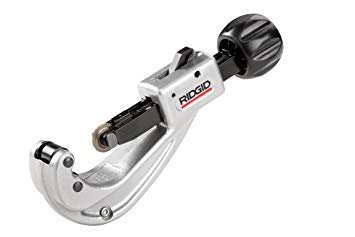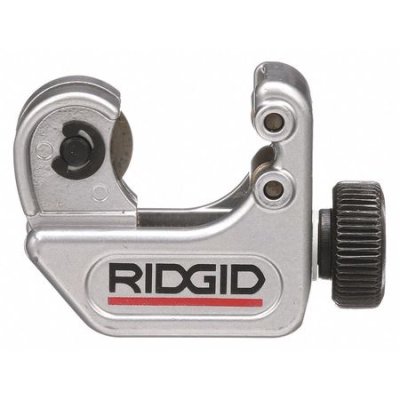In my work and my home shop I use only Rigid cutters now. Went through the cheaper ones , some ok, some not. NOt worth the fooling around.
Use a small countersink to deburr the ID. A knife can work if you are NOT doing double flares but if you are doing double flares then use a proper deburring tool, countersink. I have used knives but don't like them, they do work but can be inconsistent especially for double flares.
I have hand bent small OD tubing but you must work the bend into the radius carefully in small increments as any kink will have ruined the bend. Also used a socket or piece or pipe/dowel but must be securely mounted.
There is a Youtube on this particular method.
Also:
This one shows inverted flares, nut is male threaded, but more typically in your application is a nut with a female threaded nut but either will work. You just need the appropriate adapter fittings. Both are double flariing applications.
one more: Shows several techniques and appears to be the best without me watching them all.
The vise mounted pin bender is available from Lee Valley Tools OR Veritas.
Anyway, these Youtubes will get to a bunch more which should may help.
My own suggestions for diesel applications and brakes is DOUBLE FLARE ONLY. Not hard just do a few on a scrap first. Do NOT use compression fittings.
A double flare tool will do a single flare but a single flare tool will NOT do a double flare. Get a double flare kit.
And do not forget to install the flare nut, whichever type you decide on, before doing the flares. They cannot be installed later over the flares or the bends. Do not ask please.



